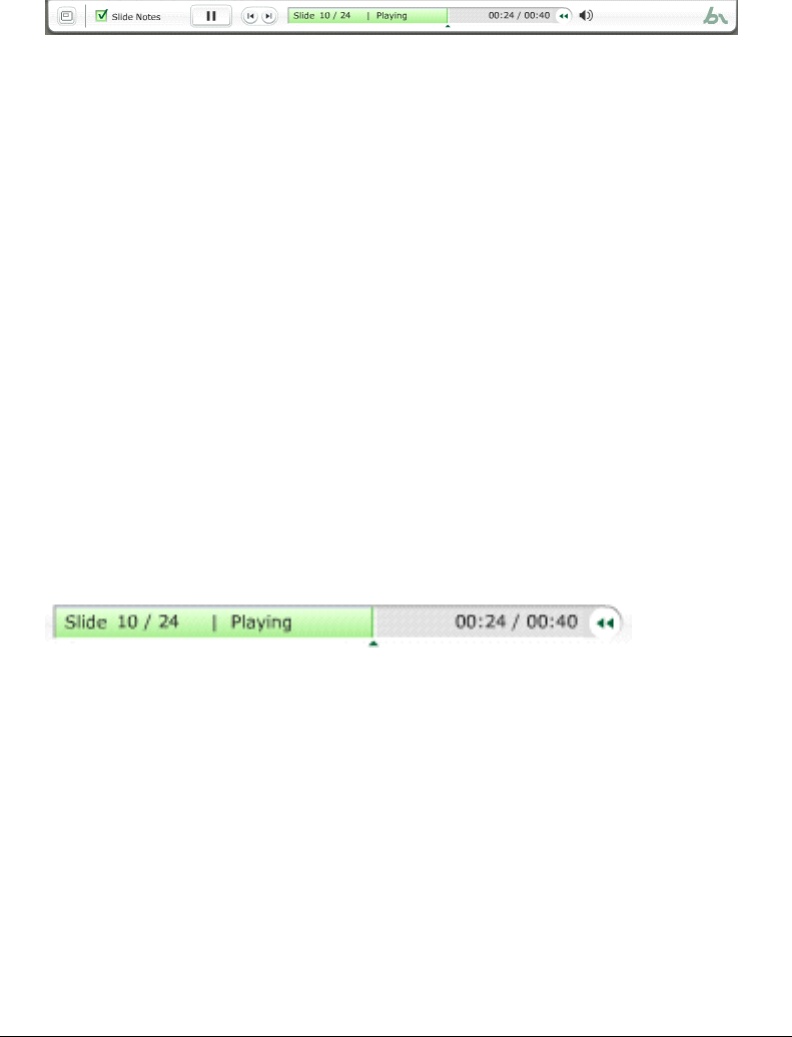User Guide
Table Of Contents
- Contents
- Using Breeze Manager
- Overview of Macromedia Breeze
- Integration with learning management systems
- Intended audience
- System requirements
- What’s new in Breeze Manager
- Accessing Breeze Manager
- The Breeze Manager home page
- Key features of Breeze Manager
- Integration with learning management systems
- About Breeze documentation
- Additional Macromedia resources
- About Permissions
- Managing Users and Groups
- Managing the Content Library
- Types of files in the Content Library
- Structure of the Content Library
- Content Library permissions
- Navigating the Content Library
- Searching the Content Library
- Viewing content
- Adding new content
- Managing content files
- Managing content folders
- Managing the Course Library
- Structure of the Course Library
- Course Library permissions
- Navigating the Course Library
- Viewing course information
- Creating a new course
- Managing courses
- Managing course folders
- Managing the Meeting Library
- About Breeze meetings
- Structure of the Meeting Library
- Meeting Library permissions
- Navigating the Meeting Library
- Searching Meeting Library archives
- Viewing meeting information
- Creating a meeting
- Managing meetings
- Setting up meeting self-registration
- Moving a meeting
- Deleting a meeting
- Editing meeting information
- Changing meeting participants
- Sending meeting invitations
- Moving uploaded content to the Content Library
- Deleting uploaded content
- Moving meeting recordings to the Content Library
- Deleting a meeting recording
- Managing meeting folders
- Creating Reports
- Managing and Customizing Accounts
- Index

44 Chapter 3: Managing the Content Library
Using the presentation control bar
You can control the presentation display and playback by using the control bar located at the
bottom of the presentation.
From left to right, the presentation control bar includes the following:
Full-screen mode button A toggle button that allows you to change the viewing mode of the
presentation. For more information, see “Changing to full-screen viewing mode” on page 45.
Slide Notes check box An option that you can select so that any notes associated with a slide
are displayed at the bottom of the presentation. For more information, see “Viewing slide notes”
on page 45.
Play/Pause button A toggle button that allows you to pause and then resume play of the
current slide.
Previous/Next slide buttons Buttons that allow you to move to the previous or next slide in
the presentation.
Slide progress bar A progress bar that displays information about the current slide and
provides controls for navigating it. For more information, see “Using the slide progress bar”
on page 44.
Mute button A toggle button that mutes the audio playback.
Using the slide progress bar
Within the presentation control bar is a slide progress bar that displays information about the
current slide and provides controls for navigating it.
From left to right, the slide progress bar includes the following:
Slide number status Shows the current slide and the total number of slides.
Slide status Shows the status of the current slide. Values include Playing, Stopped, No audio,
or Presentation complete.
Slide position marker Shows and controls the playback location within the current slide. The
position marker moves as the slide plays, turning the slide progress bar green as it moves. You can
drag the marker arrow forward or back in the current slide to change your location within the
slide playback. You can also click a specific location in the progress bar to move the slide marker
position and slide playback to that position.
Slide audio status Shows the current and total audio length of the current slide.
Slide playback back button Moves your playback location in the current slide backward. Click
this button multiple times to continue moving farther backward in the slide playback.










